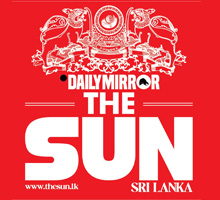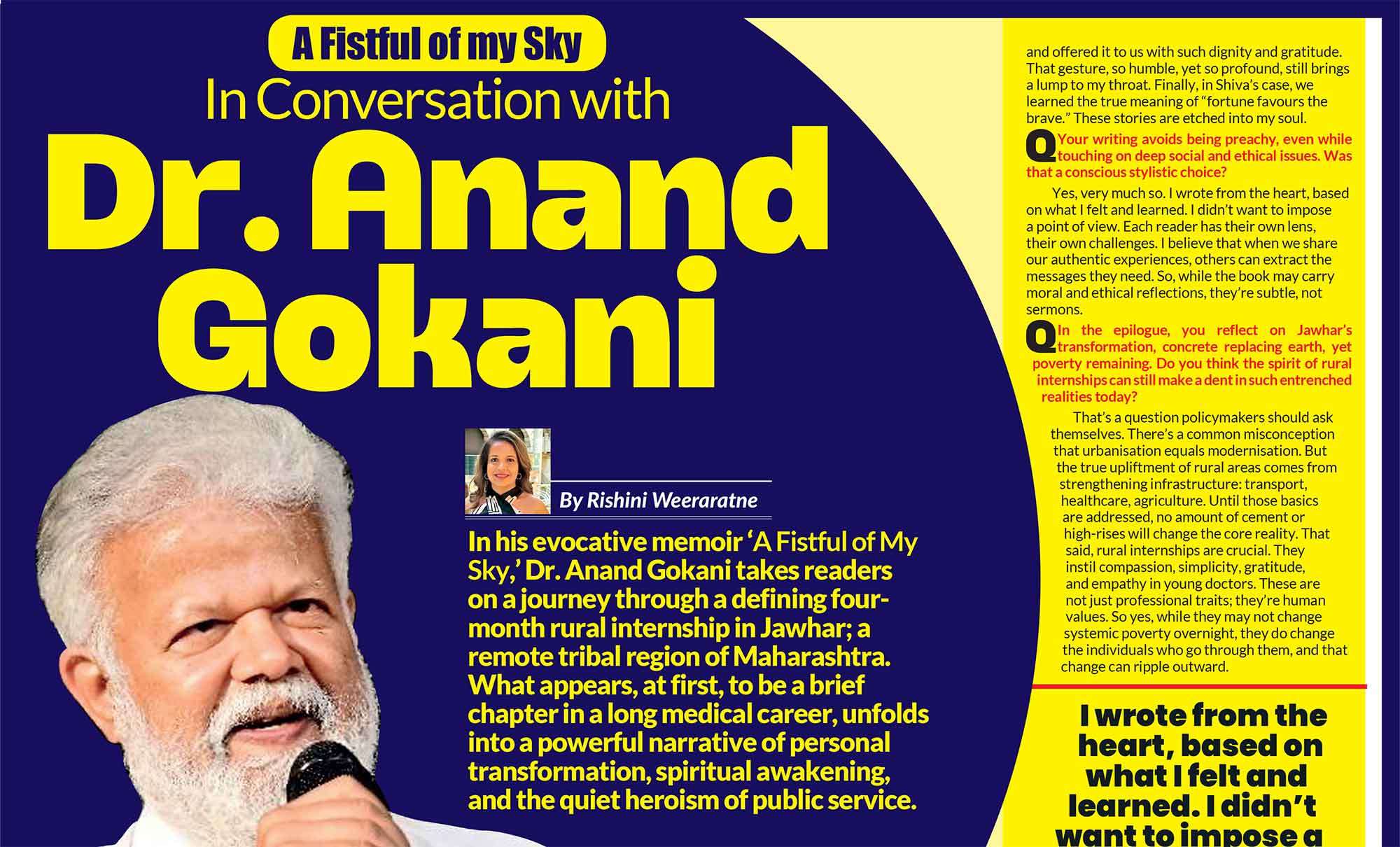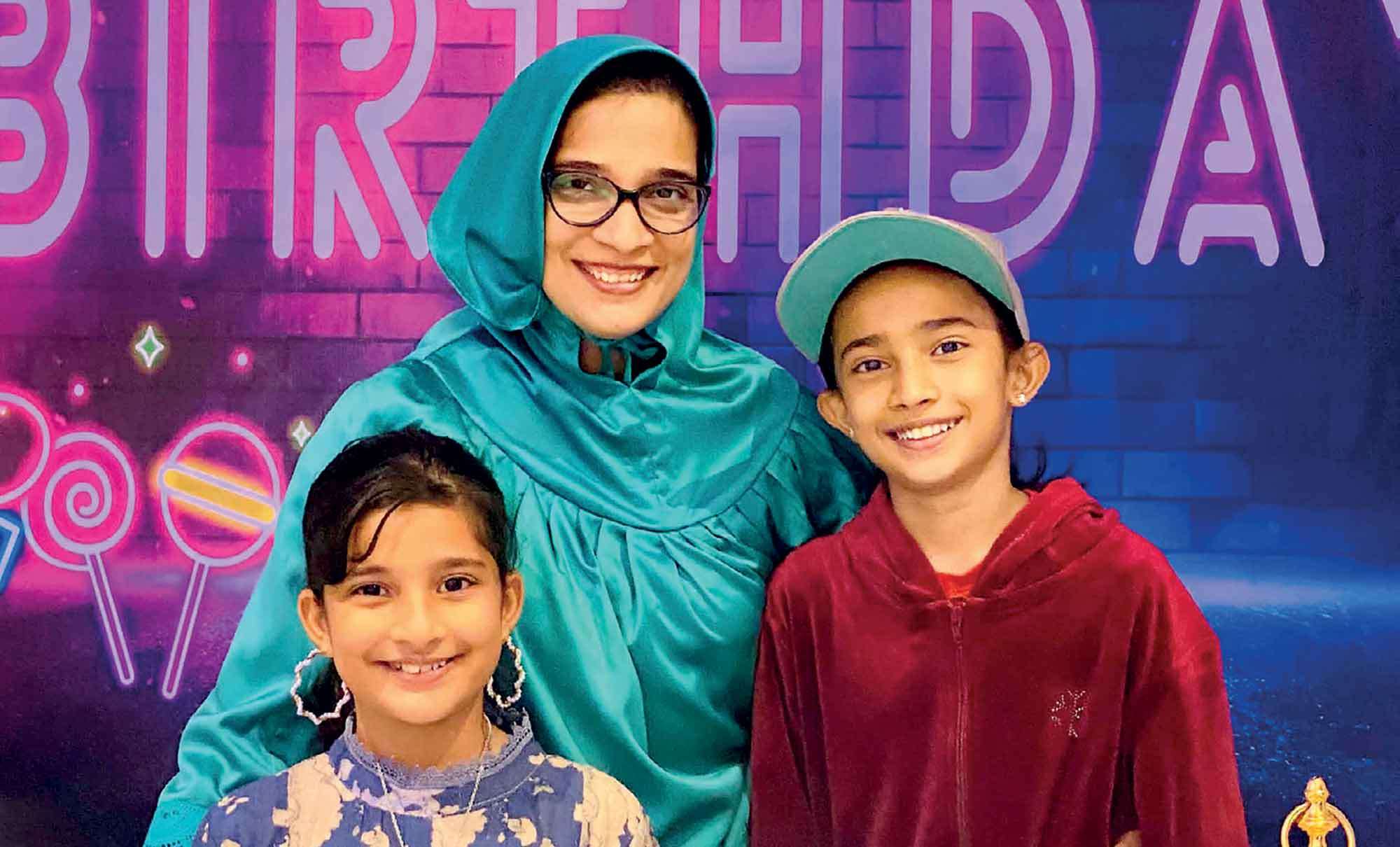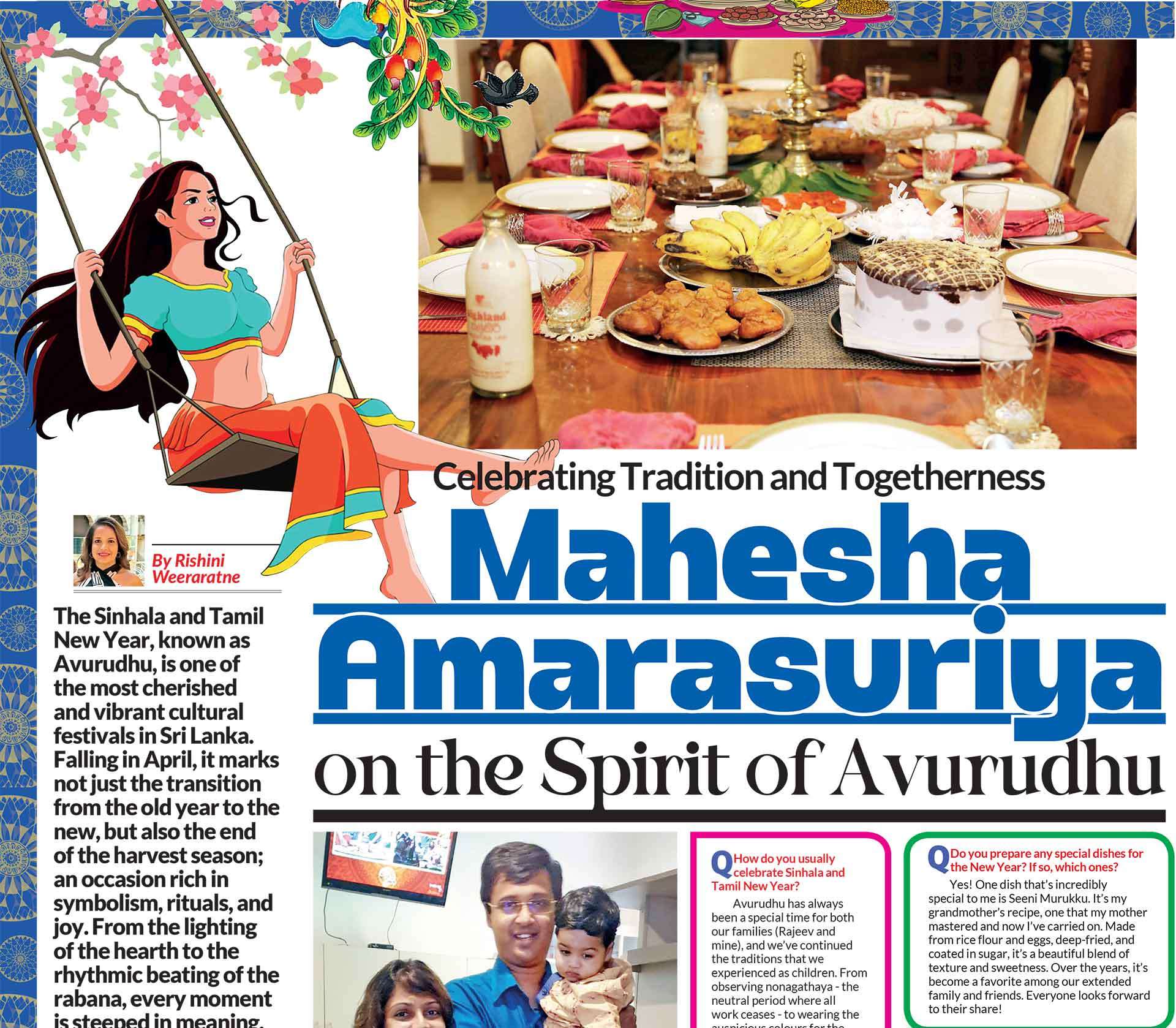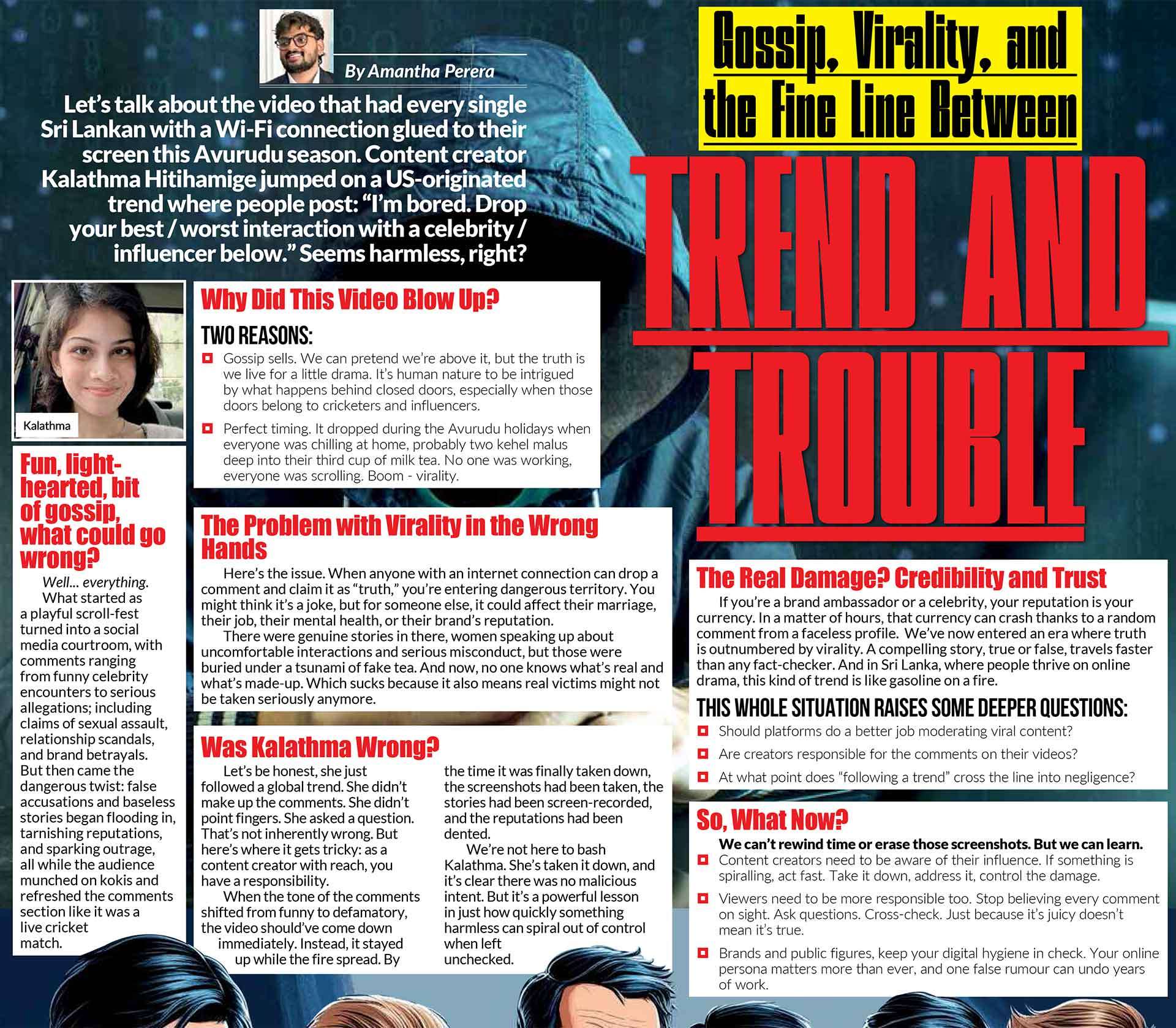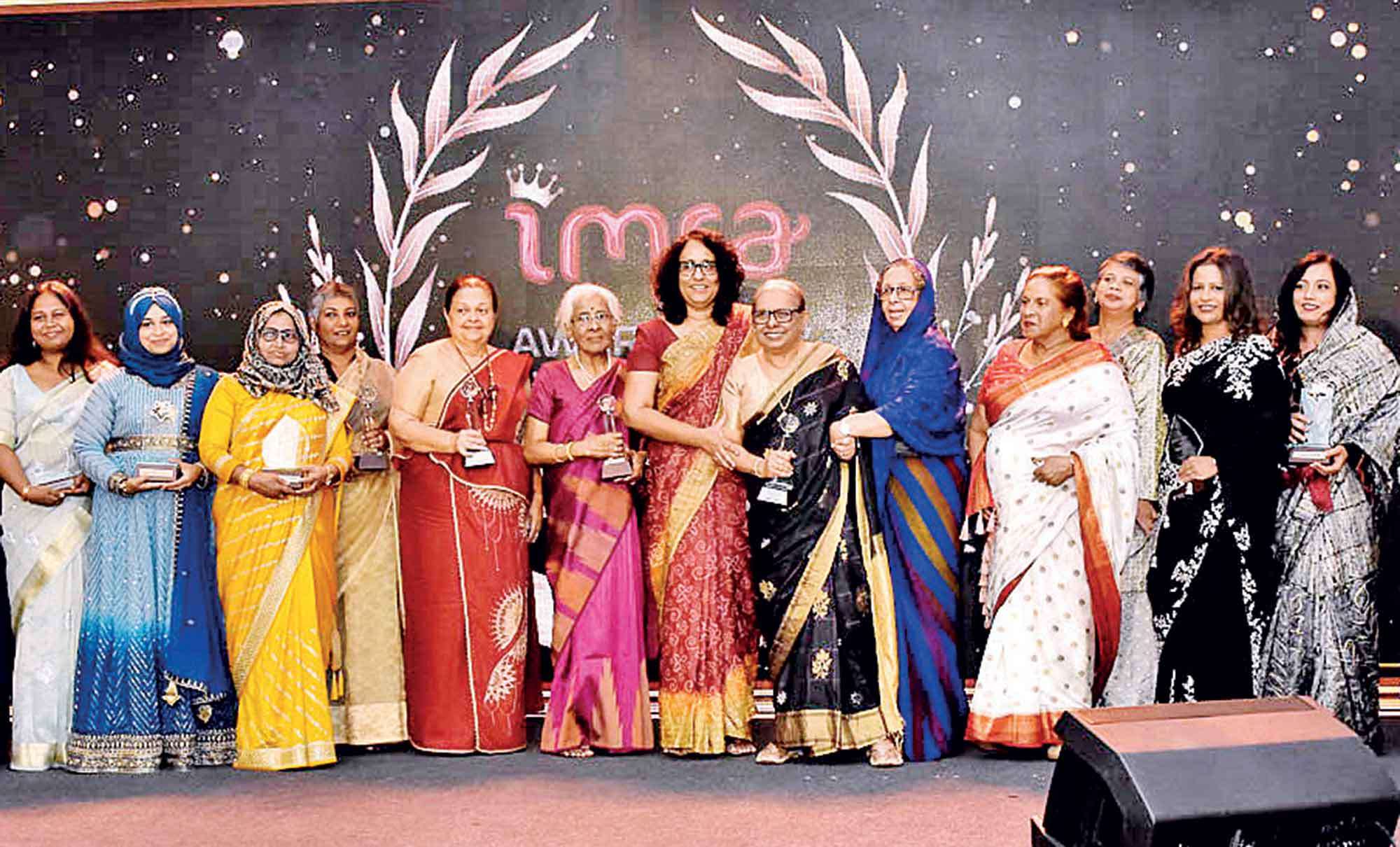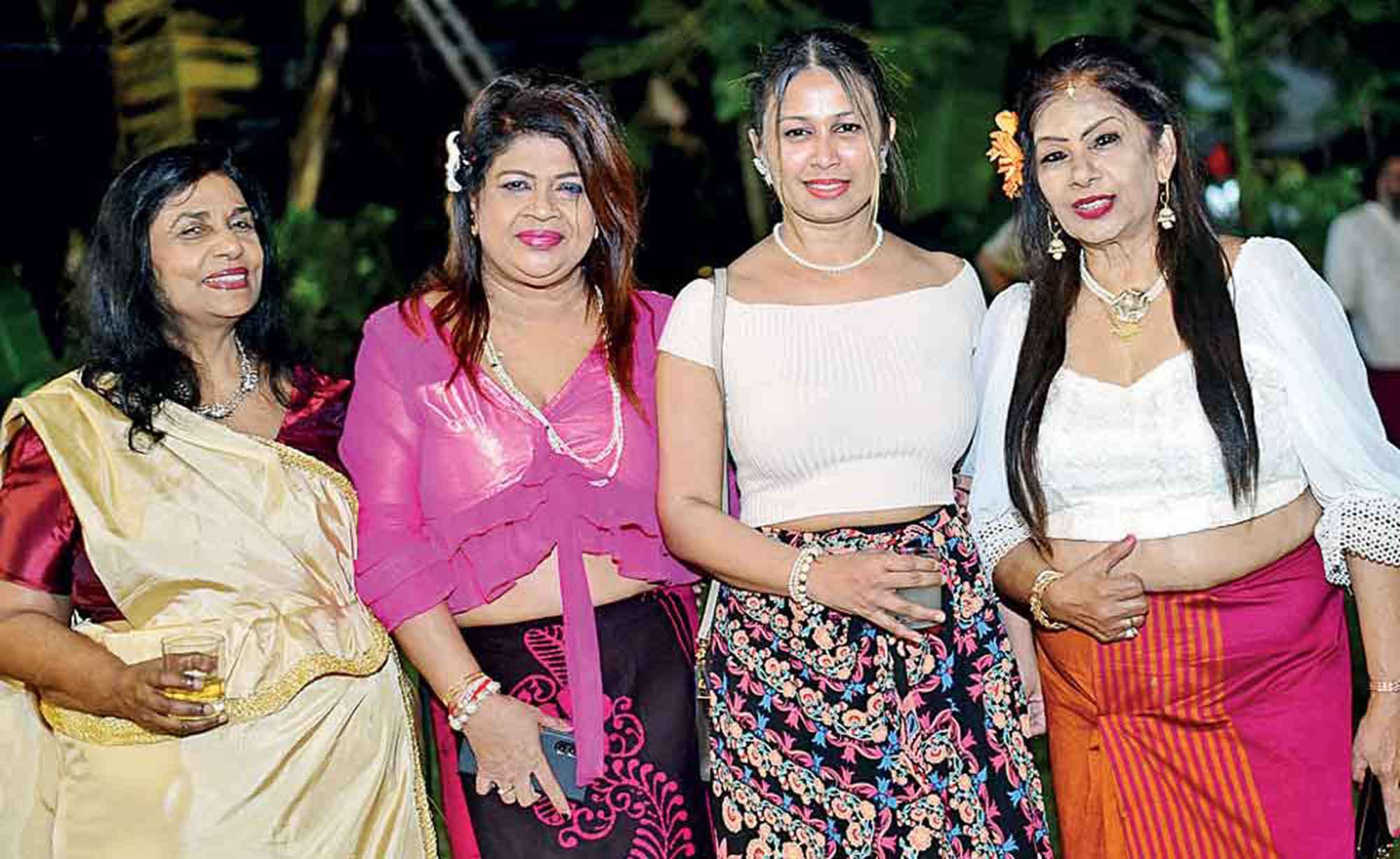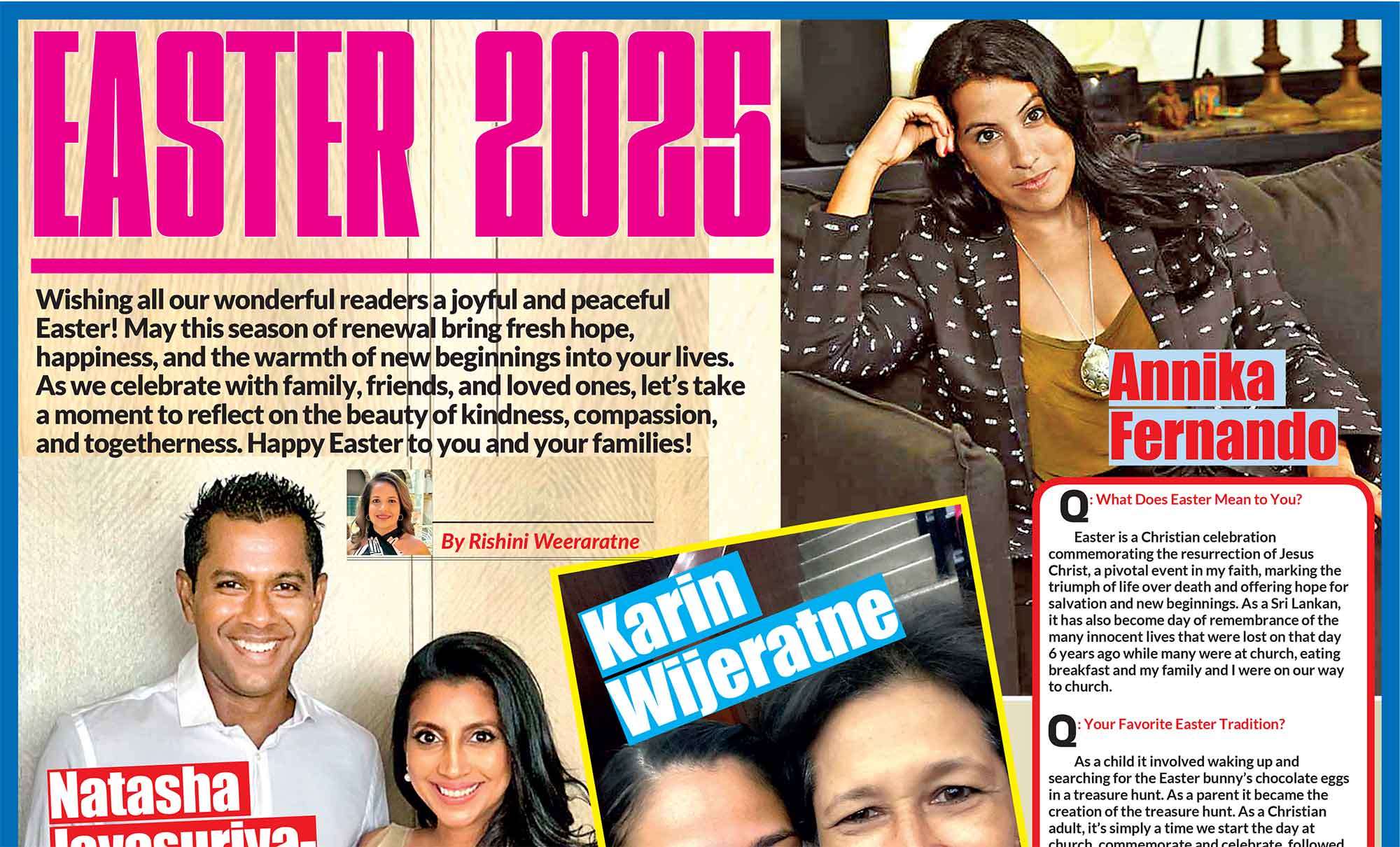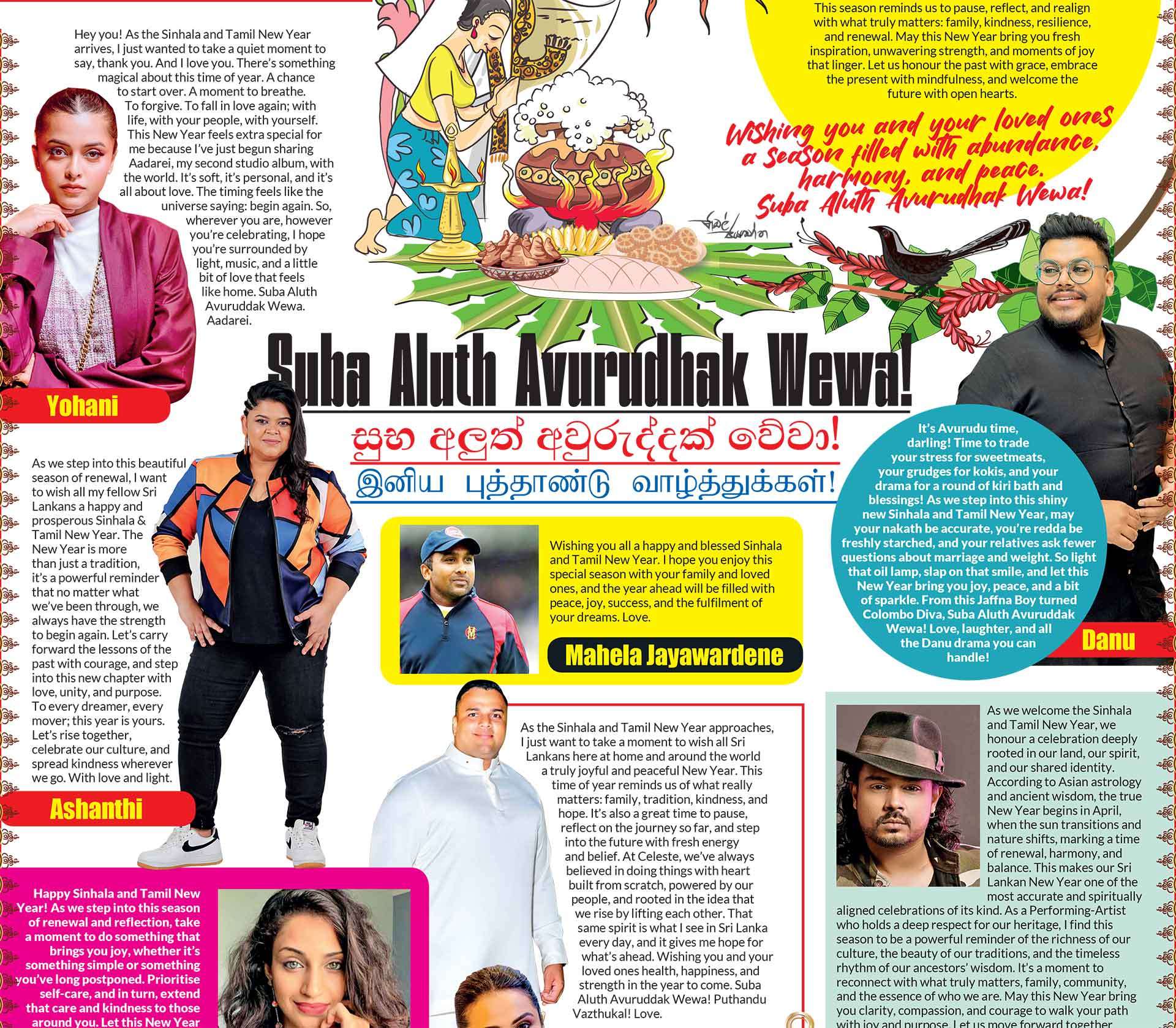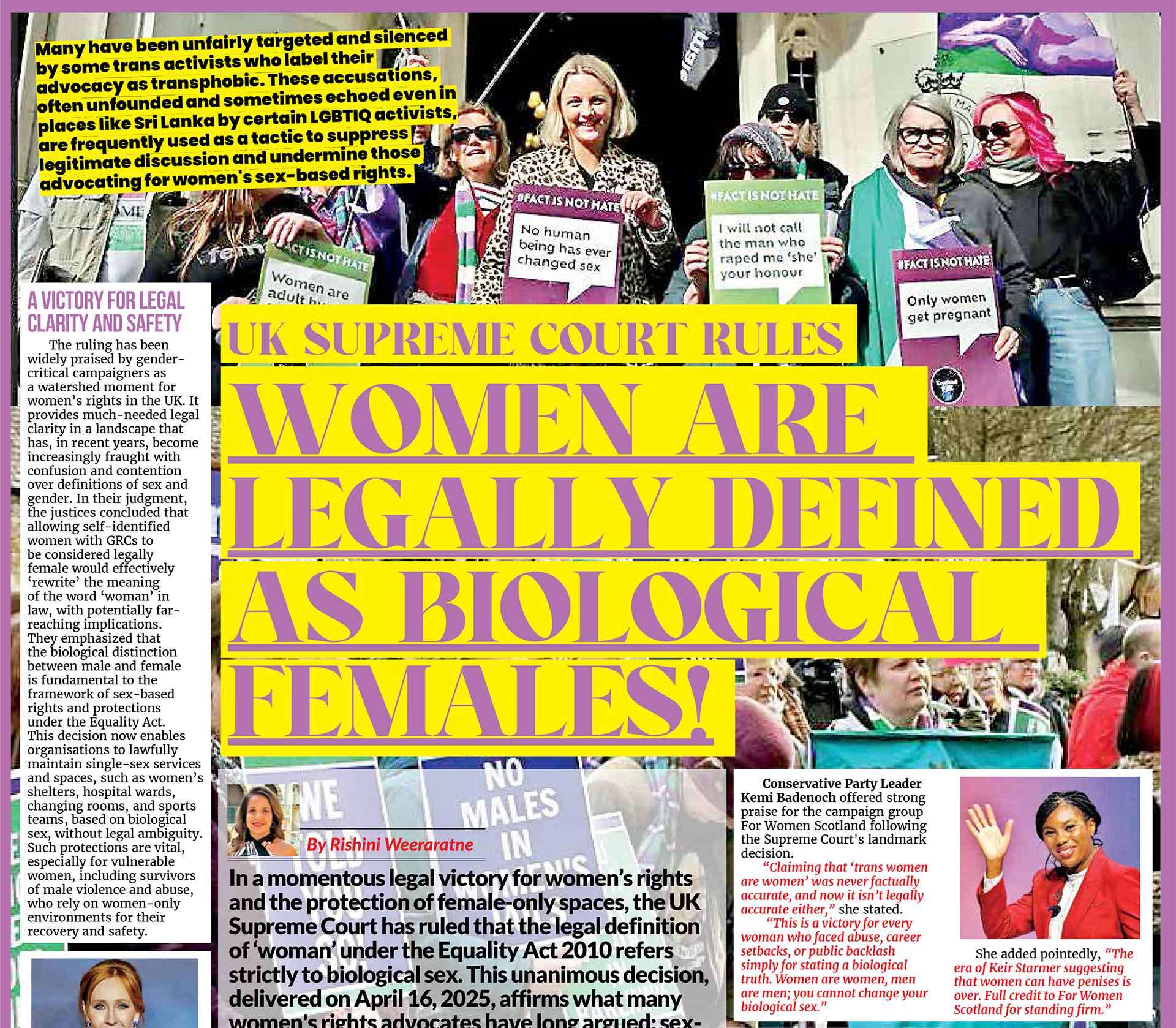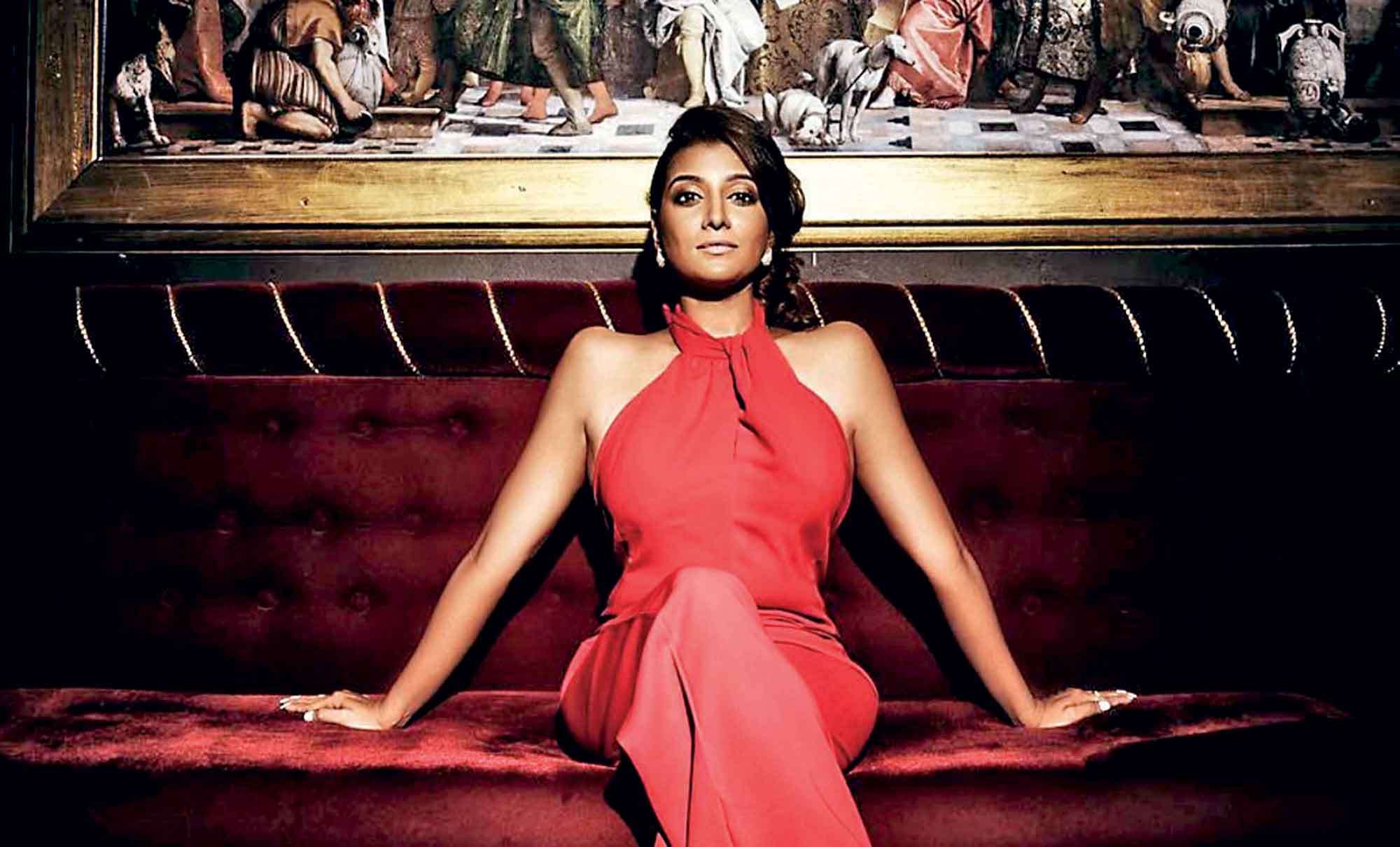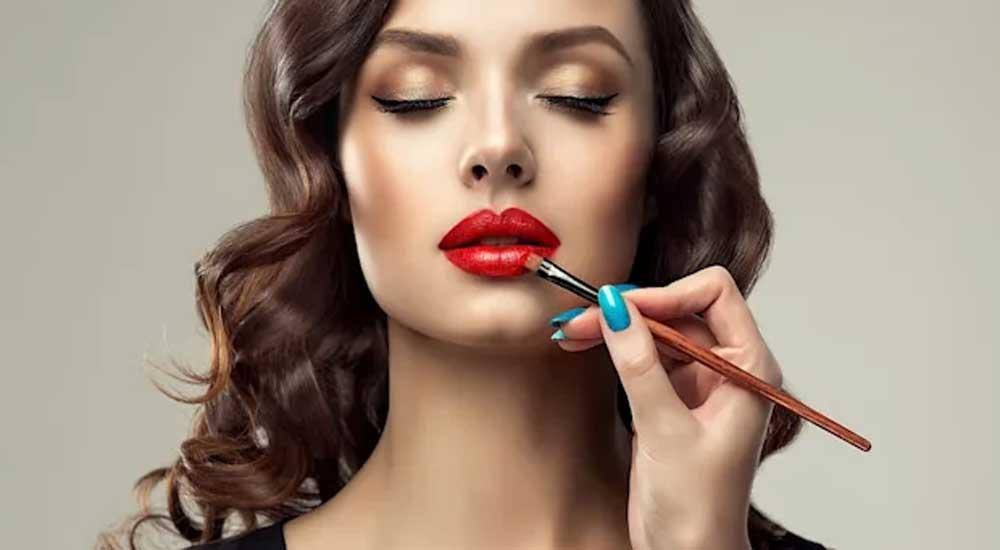
Pretty privilege, also known as beauty bias, refers to the advantages and preferential treatment that conventionally attractive individuals receive in society. This phenomenon suggests that people who fit societal standards of beauty are treated more favourably than those who do not. Those with ‘Pretty Privilege,’ are more likely to be given opportunities, receive positive attention and experience a vast array of benefits purely based on their appearance. In modern society, beauty is often viewed as a form of social or economic currency where attractive individuals can leverage their looks to gain advantages such as better jobs, higher salaries, or more social opportunities. In some cases, beauty can even be perceived as a symbol of success or higher status. Think of it as a VIP pass that opens doors to opportunities. In a world where first impressions are everything; beauty definitely becomes a currency. Beauty isn’t just something you see, it’s something you spend. This article will explore how pretty privilege works its magic in every corner of society; from work relationships to the checkout line at your local coffee shop. We’ll dive into the psychology behind good looks and ask, does this beauty bias hurt us all? Let’s get ready to unpack the perks, the pitfalls and the big questions surrounding the power of being pretty.
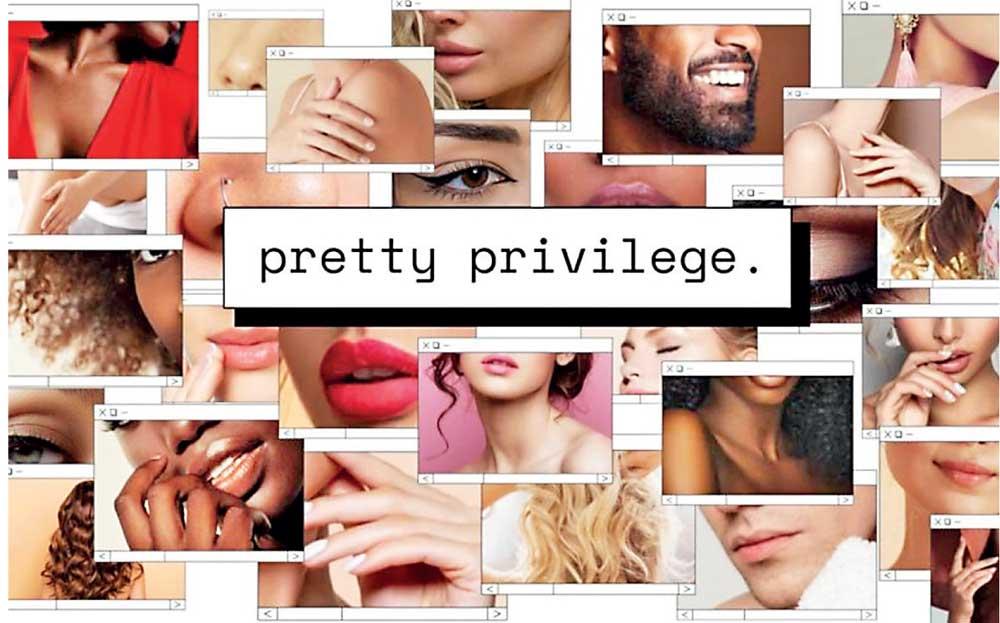
The Power of Attractiveness: How Beauty Affects Career, Social Life and Opportunities.
Workplace Advantages: The Secret Perk of being ‘easy on the eyes!’
Let’s face it, the corporate world isn’t just about skills and experience. A little bit of sparkle in your smile could go a long way. Studies have shown that attractive people are often more likely to get hired, promoted, and even earn higher salaries. In fact, research suggests that job candidates deemed attractive can make 10-12% more than their less conventionally attractive peers. You may be wandering why? It’s all about the halo effect. This is the psychological paradox by which we tend to assume attractive people have other attractive traits, like intelligence or competence, even without proof. So, if you’ve got the looks - the boardroom might just be your runway!
Social Advantages: The Beauty ‘Boost’ in Friendships and Relationships.
Looks may not truly matter when it comes to real friendships, but let’s be honest, good looks do play a role in who we want to hang out with or date. Social studies suggest that attractive individuals are perceived as more likeable, charismatic, and approachable. They’re more likely to be invited to events, form stronger connections, and even enjoy higher social status within a group. In the world of dating, it’s no surprise that attractiveness remains a top factor in choosing a partner. Whether it’s Instagram DM’s or a coffee shop crush, a pretty face often gets you a foot in the door to the social scene.
Media and Entertainment: The Beauty Standard That Dominates Our Screens.
Ever noticed how movies, music videos and social media influencers all seem to follow the same standard of beauty? That’s because conventional beauty dominates the media, shaping our perceptions of what’s ‘desirable.’ Think about it - actors, musicians, and influencers with ‘perfect faces’ and bodies are the ones we often see in the spotlight.
Research depicts that the entertainment industry has long been tied to appearance-based advantages, where being conventionally attractive can be the ticket to fame and success. The industry’s beauty bias not only reinforces social norms but creates a loop where only the ‘beautiful’ get visibility and opportunities. It’s like a never-ending audition for the role of ‘the most followed’ on Instagram or the lead in a rom-com.
The Science Behind Pretty Privilege: Why Do We Value Attractiveness?
Evolutionary Psychology
Our attraction to symmetrical, conventionally attractive faces goes beyond mere preference; it’s deep rooted in survival instincts. Throughout history, we’ve been wired to associate symmetry with good genes and overall health, making those faces more appealing as potential mates. In other word, our brains are hardwired to ‘see’ beauty as a sign of strength and fitness, even if we may not consciously know it.
Cultural Conditioning
Beauty standards don’t just materialize from thin air; no, they’ve been crafted by history, media, and society. From ancient statues to today’s Tik Tok and Instagram influencers, the idea of beauty shifts with time, but is always shaped by the culture around us. The more we see certain looks celebrated in the media, the more they are etched into our minds as the right kind of beauty. It’s like society has written a script, and we all follow along, whether we realize it or not. Like cattle going through the branding process.
An example for such cultural conditioning in Sri Lanka could be the long standing (and very incorrect) idea that fair skin equals beauty. This was put forth by colonialism which played a significant role in the development of colourism in Sri Lanka. During the British colonial rule, the preference for lighter skin was reinforced through societal and institutional practices, which often valued European features and culture. This mindset permeated the local society, with colonial elites and European settlers holding higher status, while those of darker sink, often of indigenous or South Asian descent were marginalized. Over time, these ideas became deeply embedded in Sri Lankan culture, influencing beauty standards, social hierarchies, and even employment opportunities; nursing a system where lighter skin was seen as more desirable and associated with higher social status, leading to the persistence of colourism in the modern Sri Lankan society. This, therefore, is closely tied to ‘pretty privilege’ with light skinned individuals often receiving societal advantages.
Can Personality Truly Ever Outweigh Beauty?
The Halo Effect
When someone is attractive, it’s not just their face that gets attention, but everything about them. Thanks to the halo effect, we tend to assume that beautiful people are also smarter, kinder, and more capable although there may be no evidence to support that belief. A pretty face often leads us to view a person as a well-rounded individual, when in reality they may not be all that different from the rest of us. The power of beauty can shape how we perceive someone’s abilities and character, but does it truly outweigh personality?
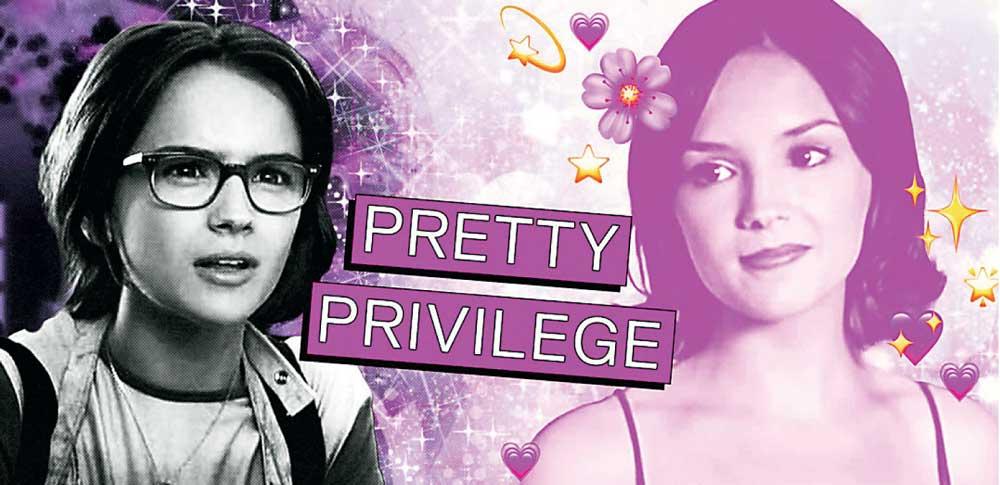
While beauty may open doors, personality and intelligence can often leave a much longer, lasting impact, especially in areas such as leadership, academia, and innovation. Let’s look at trail blazers like Marie Curie or Steve Jobs, their brilliance and character transcended any standard of physical beauty. Leaders and innovators are remembered for their ideas and influence, not for how they looked, proving that true impact comes from what’s inside. Additionally, in today’s digital age, we’re witnessing a shift in beauty standards with platforms like Tik Tok and Instagram embracing authenticity over perfection, showcasing people who defy traditional beauty norms. Unconventional beauty, whether it’s unique features, natural looks, or diverse body types, is gaining traction as individuals are increasingly celebrated for who they are, rather than how they look. This new era values realness and personality, challenging the idea that physical beauty must be the ultimate asset for success and admiration. Authenticity and true self-expression are what resonate now more than ever.
Can We Escape Beauty Bias Or Is It Too Ingrained?
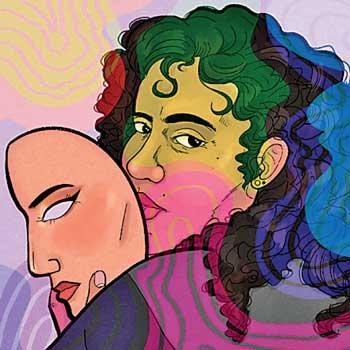 In my opinion, I believe it would be difficult to fully free ourselves from the shackles of this beauty bias or pretty privilege. It’s something so deeply woven into our psychology, history and media, that unravelling it would take a massive effort (and I mean massive!) It’s like trying to change years of cultural conditioning. Although, as hard as it may be, change IS possible, as people are actively challenging these standards, pushing society toward deeper, more meaningful values. While we may be moving toward appreciating qualities beyond looks, implicit biases still lurk in the shadows.
In my opinion, I believe it would be difficult to fully free ourselves from the shackles of this beauty bias or pretty privilege. It’s something so deeply woven into our psychology, history and media, that unravelling it would take a massive effort (and I mean massive!) It’s like trying to change years of cultural conditioning. Although, as hard as it may be, change IS possible, as people are actively challenging these standards, pushing society toward deeper, more meaningful values. While we may be moving toward appreciating qualities beyond looks, implicit biases still lurk in the shadows.
The question remains, if we don’t fit the conventional idea of beauty, do we need to be extraordinary in some other way to feel valued? As much as society may be evolving, it’s clear that the journey towards true equality, where looks don’t dictate worth, still has a long way to go. Ultimately, the challenge is balancing beauty’s influence with the recognition that our true value comes from who we are, not just how we appear.
